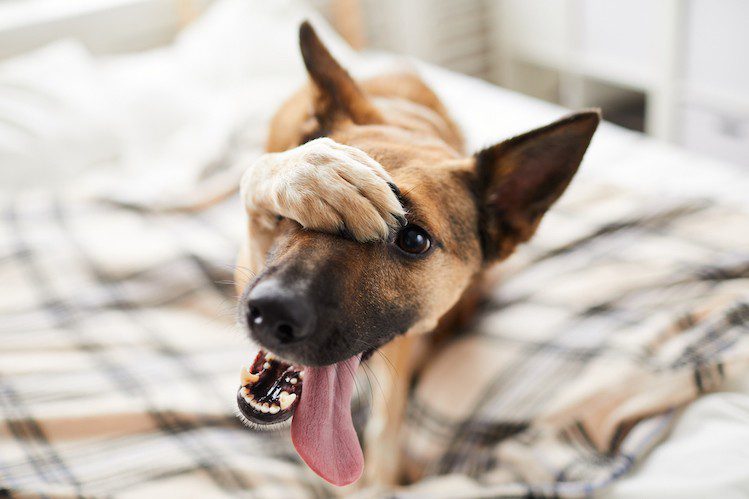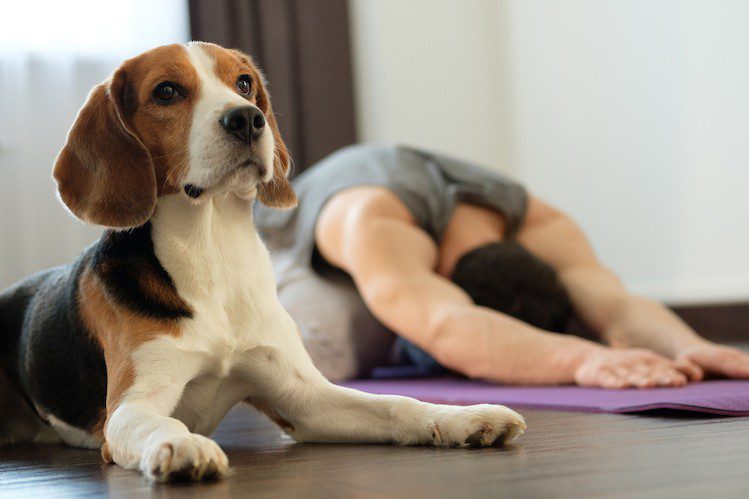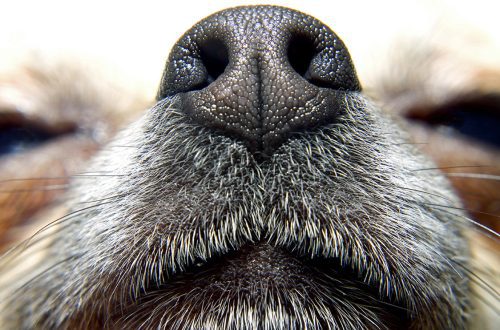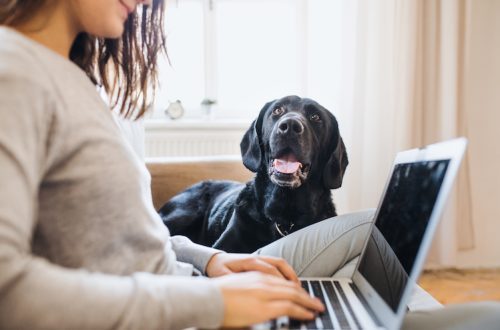
How to calm a hyperactive dog
Do you have a hyperactive dog? Or just active? How do these concepts differ and what is really considered a deviation from the norm? How to correct the behavior of a pet? 5 life hacks to help calm a hyperactive dog.
“Hyperactive Dog” This phrase can often be heard from completely different people. But what is the meaning of this concept? When is it really possible to talk about hyperactivity? Let’s figure it out.
“Hyperactivity” has become a trend. If you have never heard of a hyperactive dog, you have definitely heard of a hyperactive child. “He doesn’t listen to me!”, “He doesn’t sit still for a second!”, “He can’t concentrate on the lessons”, etc. etc. Familiar? Roughly the same with dogs. But do not rush to draw conclusions and make a diagnosis.
Often, congenital sensitivity, emotionality and mobility, or the excited state in which the dog is in case of stress, is mistaken for “hyperactivity”.
The term “hyperactivity” is often attributed to dogs when in fact there is no problem.
Take Jack Russell for example. Activity is a breed trait of this dog. Most “Jacks” are real electric brooms, especially at a young age. They really can’t sit still, rush around the house like a tornado and can be difficult to educate. But it’s not about hyperactivity.
Another situation is stress. If an active, sociable, empathetic dog is forced to be alone all day and be content with 15-minute walks, he will experience stress. Such a dog will miss communication with the owner and active leisure. This is the case when the conditions of detention do not meet the needs. In the presence of the owner, such a pet can behave “hyperactively”, that is, very restless. He tries by all means to get his dose of attention. But if you start spending more time with your dog, his behavior will gradually level off. The reason here is stress, not hyperactivity.
Physical activity can be a dog’s response to stress from boredom and lack of attention.

Hyperactivity is a chronic condition when any, even the weakest stimuli, lead the brain into a state of excessive activity.
A hyperactive dog cannot concentrate on one thing, even if it is her favorite activity. She is constantly distracted, has little to no control over her behavior, and is unable to cope with stress on her own. Any little thing can lead her into strong excitement: the noise from a mug that has fallen from the table or a car alarm outside the window. Such a dog may have problems with sleep and appetite.
Unlike short-term stress, a state of hyperactivity lasts for months and years. This state is very dangerous, because. from constant nervous tension, the body “wears out” and diseases develop.
The worst thing that the owner of a hyperactive dog can do is start “educating” and punishing him. All this will only exacerbate behavioral problems. It is necessary to fight hyperactivity in a complex. This will require the help of a zoopsychologist (or cynologist), time, and also work on yourself.
The state of hyperactivity is the result of the interaction of genetic predisposition and adverse environmental factors.
A dog that has had a traumatic experience may suffer from hyperactivity. For example, if she was abandoned, lived on the street or ended up in a shelter. Another common reason is improper upbringing and punishment. The upbringing of a dog should correspond to its breed characteristics. So, shepherd dogs should not be put on a chain, and a French bulldog should not be made into an athletics champion. Or another example: if you get a companion dog (for example, a Labrador) with a need for communication and emotional contact and at the same time practically do not devote time to him, do not exercise with him, there is every chance of developing hyperactivity in the dog.
Inappropriate demands and loads can lead to hyperactivity. This should be understood at the stage of choosing a breed in order to choose a pet according to your criteria.
Here are two factors that can lead to suspicion of hyperactivity in a dog.
The first is if, after an exciting event, the dog cannot calm down for a long time. The normal calm period is 15-20 minutes. If you came home from work an hour ago, and the dog continues to rush around you and squeal, and this has been going on for more than one day, this is a reason to be wary.
The second factor is when the dog suddenly begins to react to stimuli that did not bother her before. For example, your dog used to not pay attention to the knock on the door, but now it barks “to the point of being blue in the face.”
Such changes should alert the owner and they definitely need to be dealt with. But here we are not always talking about hyperactivity.

“Active” and “hyperactive” dog are different concepts. And the methods of correcting behavior are also different.
If you need to move and play as much as possible with active dogs, i.e. to help throw out energy, then hyperactive, on the contrary, you need to help calm down. How to do it?
5 Ways to Calm Down a Hyperactive Dog
- Learn to relax yourself. Dogs are born empaths. The more nervous you are, the more you raise your voice, the more restless your dog will be. It is as if she “reads” your emotions from you and repeats them.
The owner’s work on himself is an important (and most difficult) part of hyperactivity therapy. The owner will have to see and realize his mistakes in handling the dog and work out new patterns of behavior. This should be done under the guidance of a zoopsychologist or dog handler.
- Don’t reinforce overactive behavior. If your dog jumps on you when you get home from work, gently back away from him and ignore him. If you laugh or pat him behind the ear in response, the dog will learn that running around and jumping on people is acceptable and good.
- Dose physical activity. A hyperactive dog should not be “exhausted” with exercise so that it is tired and sleeps well. On the contrary, if you constantly involve the dog in active leisure, he will be constantly overexcited and it will become even more difficult for him to calm down. As a result, you risk getting a restless, nervous dog for 24 hours a day.
It is much better to develop a clear daily routine and strictly observe it. Active games need to be dosed. Instead, focus on sharpness and concentration classes.
- Find the right activity for your dog. If you need to move and play as much as possible with active dogs so that they throw out energy, then concentration and ingenuity classes are useful for a hyperactive dog. A great option is to master agility. But obstacles need to be passed not at speed, but slowly, “thoughtfully”, concentrating on each new movement and projectile.
- Buy durable toys. Special, from the pet store, which can be chewed for a long time. To keep the attention of a hyperactive dog, they must smell delicious and be edible. A great option is toys that can be filled with treats and frozen. Lying on his couch, the dog will get treats from such a toy for a long time. Through muscle relaxation, emotional relaxation will come.
With the state of hyperactivity, you need to fight in a team with a veterinarian and a zoopsychologist. The approach must be comprehensive. Everything is important: from nutrition to the atmosphere in the house where the dog lives. Hyperactive dogs may be given aromatherapy and spa treatments, and in severe cases, medications (sedatives). You cannot self-medicate.
And finally, the most important thing. Defeating hyperactivity is impossible without care, empathy and understanding. No matter how hard it is, be a strong shoulder for your pet. You will definitely overcome it!





